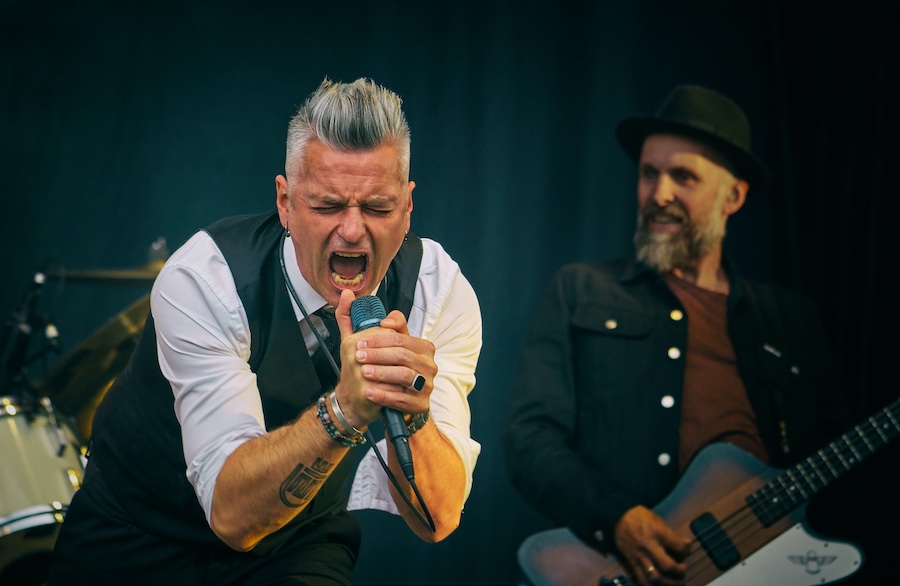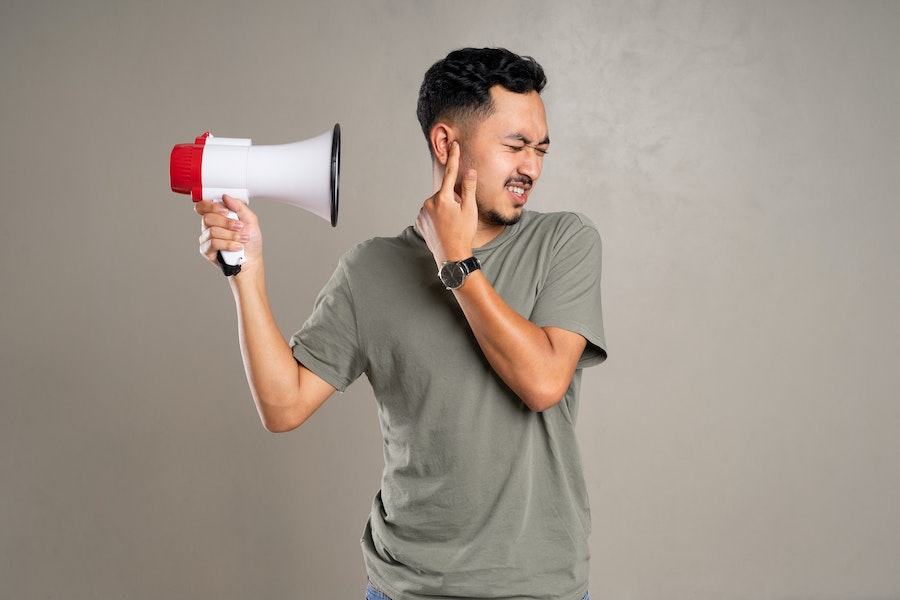In a stark new policy statement, the American Academy of Pediatrics warns excessive noise poses a serious but overlooked public health hazard for kids.
Now is the time to raise public awareness about noise levels and their impact on our health and the health of our children and teens. While loud noises are often accepted or even celebrated during recreational events, there are ways we can protect ourselves. Let’s lower the volume on our devices—and raise our voices on protecting our ears. —Sophie J. Balk, MD, FAAP, lead author of the updated policy statement, “Preventing Excessive Noise Exposure in Infants, Children, and Adolescents,”
Today, no federal regulations in the U.S. protect the public from environmental noise hazards. The American Academy of Pediatrics urges more awareness and preventive action to address this public health issue.

Why it matters
Protecting children and teens from noise-induced hearing loss is crucial because hearing loss is irreparable.
- Families should know that everyday noise can be damaging if prolonged.
- The Academy recommends that parents and doctors educate children about safe listening volumes and durations for devices, take listening breaks, and use protective equipment like earmuffs at loud events.
Young ears at risk
- Loud sounds, starting in infancy, can lead to irreversible hearing damage, but steps can be taken to prevent harm.
- Major sources of unhealthy noise range from loud TVs and toys, personal devices cranked up too loud to recreational events (concerts, sports).
- Children's and teens' smaller ear canals make them extra vulnerable.
- Loud noise exposure disrupts sleep and learning.
- Infants are also at risk from noise sources like sleep machines. Pediatricians should counsel parents on safe use.

Steps to take
- Turn down volumes, take listening breaks, and use caution with headphones.
- If the noise level is too loud for adult comfort, it’s too loud for children and teens.
- Use the Rule-of-Thumb Noise Test: If you must shout to talk to someone three feet away, it’s too loud (the noise level is greater than 85 decibels). Put hearing protection on yourself and your child.
- Speak up: Taking small steps to reduce noise exposure can go a long way. Using your voice to advocate for lower-volume kids' spaces can create change.
The takeaway
- Be alert to excessive noise in your child's life.
- Don't wait for signs of hearing damage; protect children’s and teens’ hearing.
Need help?
Call us if you're in our service area and want to speak with an audiologist about your child’s hearing. We'll make an appointment for an office visit or telephone consultation.
Crest Hill, IL - 630-633-5060 | Palos Hills, IL - 708-599-9500

